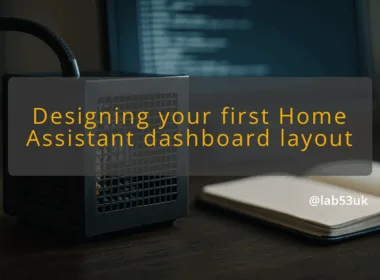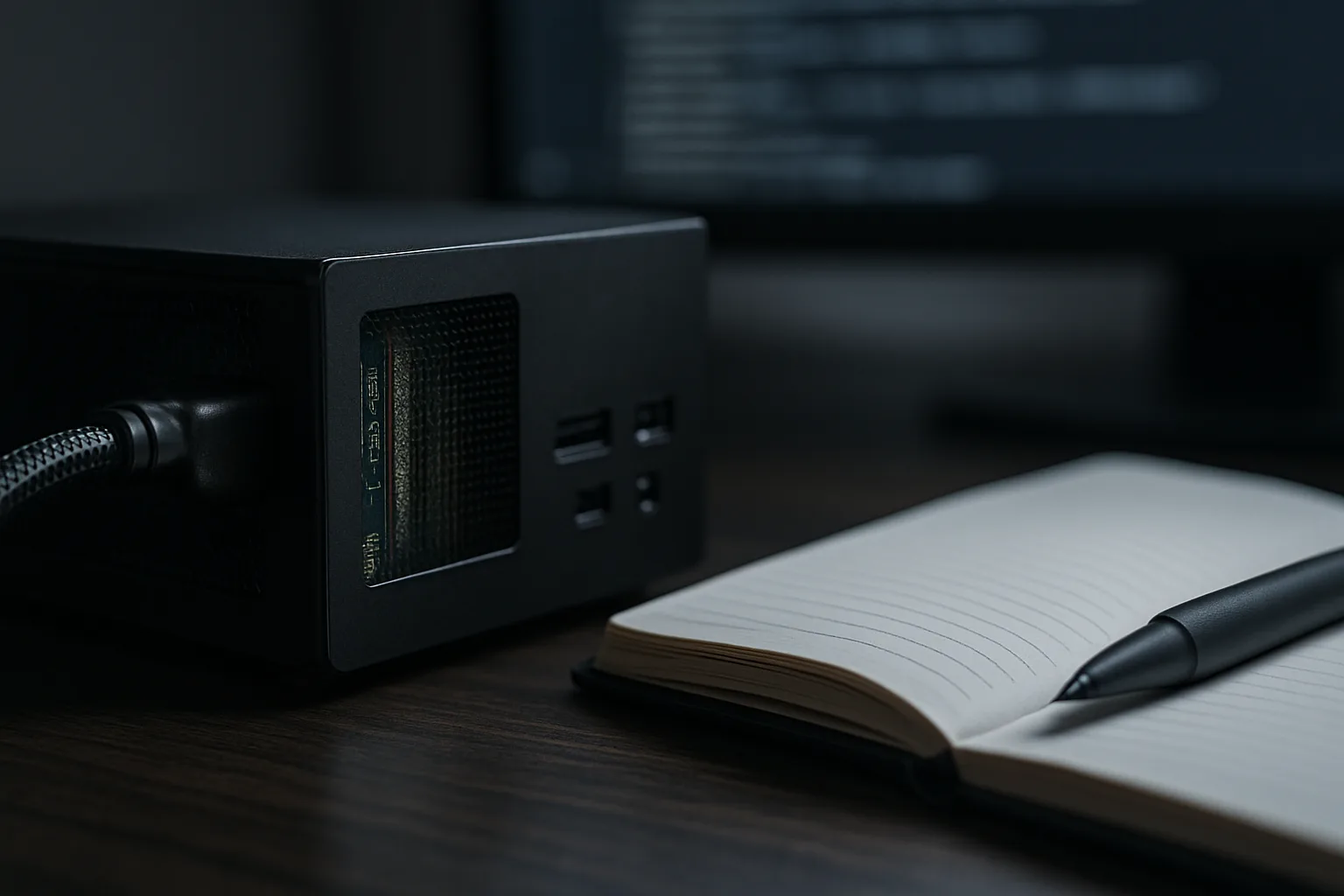I fitted a Flexi Port Module to an XG 310 Home Edition to solve a real wiring problem. It bought me extra SFP+ ports and a tidy way to push traffic to a 10 Gb switch. The hardware side is blunt: slot in the module, plug transceivers, reboot. The tricky bit is how Home Edition treats those ports and how the firewall assigns interfaces.
Compatibility overview
The XG 310 has a Flexi Port slot. Sophos made that deliberate. The official operating instructions say XG 310/330 accept FleXi Port modules with SFP or SFP+ options. I checked the hardware manual and the transceiver compatibility KBA before buying anything, because generic SFPs can be flaky in these modules. Sophos XG 310 operating instructions and the vendor transceiver list are the reference points I used. Sophos transceiver compatibility KBA
Home Edition will run on XG hardware and accept the Flexi Port. The caveat is not software licensing. Home Edition mirrors XG feature sets enough to expose interfaces, but it can reorder interface numbering when a module is present. That affects scripts, backup restores and any static mappings you planned.
Key considerations for setup
Buy the right module for the job. If you need 10 Gb links, choose a 4x SFP+ Flexi Port module. For more copper ports, look for 8-port GbE SFP modules. Use known-good transceivers. I prefer vendor-listed optics to avoid link flapping. Power down the appliance before fitting the module. Fit the module, reboot, then confirm link LEDs and the interface list in Network > Interfaces.
Expect the Flexi ports to become the first interfaces in the system. If you restore a backup from a device without a module, port names may not match. Plan for this. Label ports physically and in the firewall rules. If you script configuration, script defensively and test on the console first.
Common issues faced
Link not coming up is the most common. That is usually an optic mismatch or a bad transceiver. Another frequent problem is unexpected interface numbering, which breaks fixed NAT rules and route maps. Some people report minor firmware quirks when mixing 1 Gb and 10 Gb optics. If a port is intermittent after a module swap, reseat the module and try a different SFP+. If it still fails, test the module in another compatible chassis where possible.
From forums and my own benching, the module works fine with Home Edition, but it is not plug-and-play in a complex setup. People who add the Flexi Port for a single uplink to a 10 Gb switch get a clean win. People who expected a drop-in expansion for many VLANs sometimes face surprises with interface order. The market for second-hand modules is thin. Those units hold value and vendors list them at a premium.
Recommendations for troubleshooting
Check optics first: try a vendor-approved SFP+ and a short loopback or direct attach for testing. Confirm the module shows in the hardware inventory. Use the serial console to see boot messages about Flexi ports. If interfaces do not appear, reboot with the module fitted. For config mismatches after a backup restore, rename interfaces and adjust rules in the GUI rather than attempting bulk edits. Keep a working console connection when you swap modules so you can roll back.
VLAN Setup on the XG 310 is straightforward, but interface naming matters. Create VLAN interfaces on the physical or Flexi port you intend to use. Keep VLAN IDs consistent with your switch. I build a small matrix: physical port → VLAN ID → intended use (eg. lab, guest, media). Test each VLAN with a single client before moving services across. If you use a managed switch with LACP, check that the switch and the firewall both use the same LACP hashing and active ports.
If your Flexi Port carries multiple VLANs to a switch, trunk it and avoid tying services directly to the physical port number. That reduces pain when module order changes.
Firewall configuration tips
Treat rules as stateful traffic gates. Place allow rules for VLAN-to-internet carefully. Use explicit source network objects tied to VLAN interfaces. For Home Edition, the interface list might change after hardware swaps, so use descriptive names in rules that you control. Test rules with traceroute and packet captures. I keep a deny-any fallback rule that logs; that catches misrouted traffic during changes.
When moving services like DNS or DHCP, confirm bindings. DHCP often binds to a specific interface. If that interface shifts after a module install, clients will stop getting leases.
Move high-throughput flows onto SFP+ links on the Flexi Port module. Offload heavy east-west traffic to a switch via a 10 Gb trunk instead of hammering the firewall CPU through multiple 1 Gb links. Monitor CPU and hardware offload counters in the firewall. If throughput is below expectation, check duplex and negotiated speeds on both ends and test with iperf across the link.
Avoid mixed-speed LACP trunks where possible. Mixed 1 Gb and 10 Gb members can cause uneven distribution and poor performance.
Cost implications of Flexi Port modules
Flexi Port modules are not cheap. New modules come at a premium and used ones still command attention. Factor the cost of vendor-grade optics. For a homelab, a single 10 Gb link to a switch may be cheaper than four 10 Gb ports. I weighed need versus cost and chose the smaller module for a single uplink when I only needed one 10 Gb connection.
Community posts mirror my experience: modules work, but you pay for reliability. The Sophos docs and KBA I linked are the right starting points for compatibility checks. If a problem appears obscure, the serial console and a conservative troubleshooting sequence win every time: check optics, reseat hardware, reboot, confirm interface names, then adjust config.
Buy the correct Flexi Port Module for the speed you need. Use vendor-approved optics. Expect interface renumbering and plan your VLAN and firewall rules to survive it. Keep physical labelling and a console handy when you change hardware. That keeps the downtime short and the network sane.






